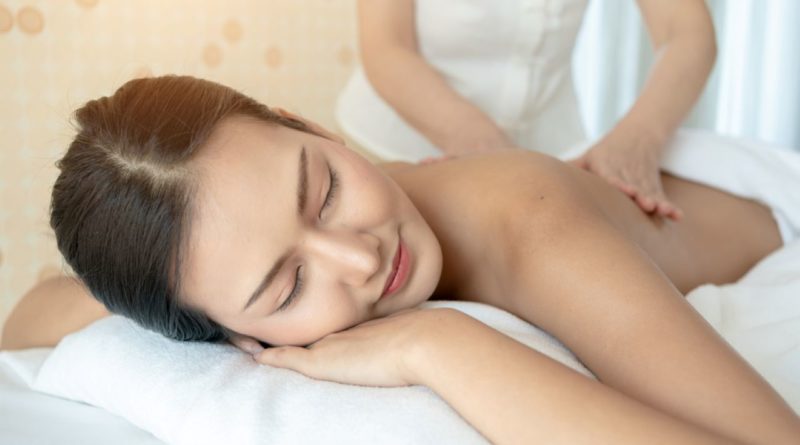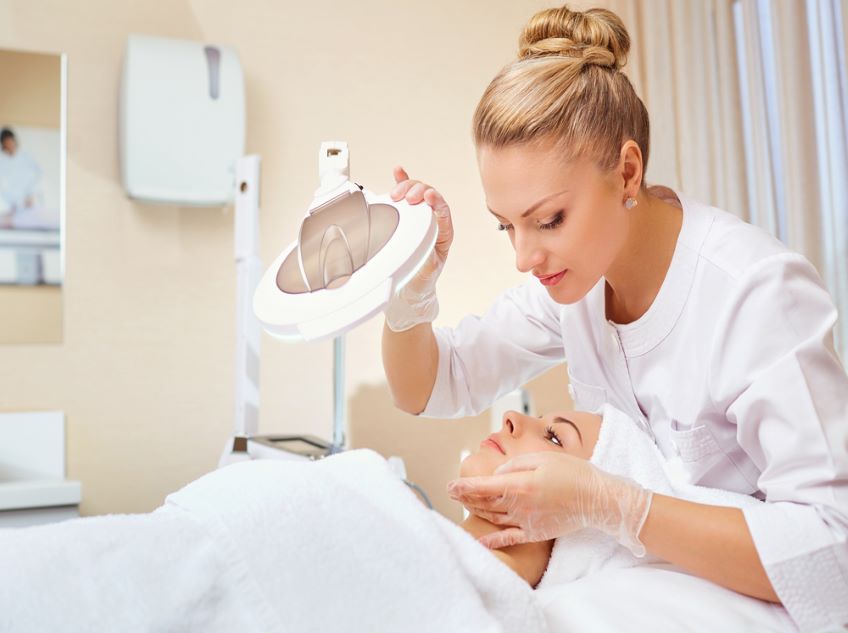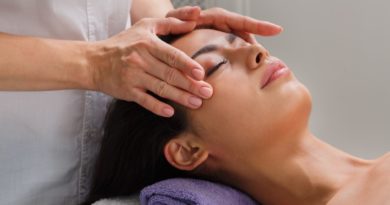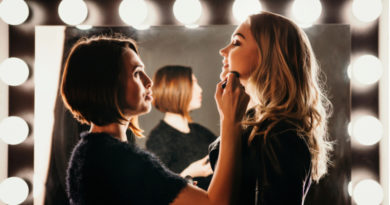Ki Massage Courses: Learn Ki Massage
Considering a Ki Massage Course?
If you want to learn more about Ki massage, it is an excellent idea to take up a Ki massage course. A Ki massage course will provide you with everything you need to know to become a Ki massage therapist. It can be a very rewarding job since you help others feel happier and relieve their pain. The good news is there are many Ki massage courses currently available.
What is Ki Massage?
Ki massage, in simply terms, is a holistic therapy. It is remarkably effective for maintaining and helping to restore good health and wellbeing. Experience has shown that the build up of tension and negative stress, poor posture and a lack of exercise can cause the soft tissues and muscles to become rather tight and hard.
As a result, this will constrict the circulation of both the lymph’s and the blood which results in a poor flow of Energy (Ki) and a reduction in our zest for life and natural healing ability. Ki massage is designed specifically to not only relax and dissolve stress at deep levels but also to free out our energy which is essential for good mental and physical health.
After the Ki massage treatment, the body feels relaxed, revitalised and lighter. This in turn will allow the mind to be calm. Concentration will improve and thinking will become much clearer. Ki massage is a hands-on, deep, firm but gentle massage using the flow of positive energy to combat the negative energies in the body. This helps to restore that ‘full of life’ feeling as a result of dissolving blockages.
What Will I Learn?
The areas of study vary depending on the course provider. However, there are some universal topics you can expect to learn in just about any Ki massage course. Therefore, you can expect to learn about the philosophy and theory of Ki massage. In other words, understanding Ki, how to use the mind and body for therapeutic purposes, the history of massage and the benefits of massage. In addition, you will explore the professional skills that are needed to efficiently run a practice.
Some of these skills include patient management, personal presentation and the ethical/legal issues associated with this. The practical side of Ki massage courses generally focus on the various different kinds of Ki massage. For example, full body, neck and shoulders, lower back, facial treatments and foot massage. Some courses may cover more than you read here. If you would like to get an exact list of modules, do not hesitate to contact your course provider. They will be happy to hear you are interested in their course and as a result, delighted to help you in answering your questions.
If you’re serious about doing a Ki massage course, check out courses near you in the Nightcourses.co.uk national course finder.




